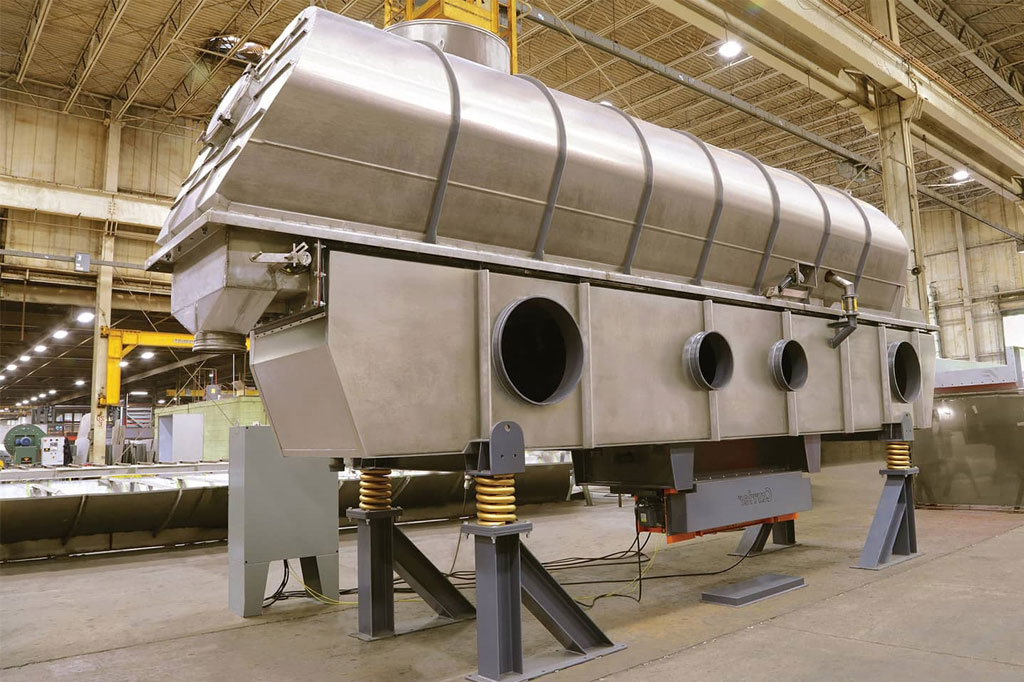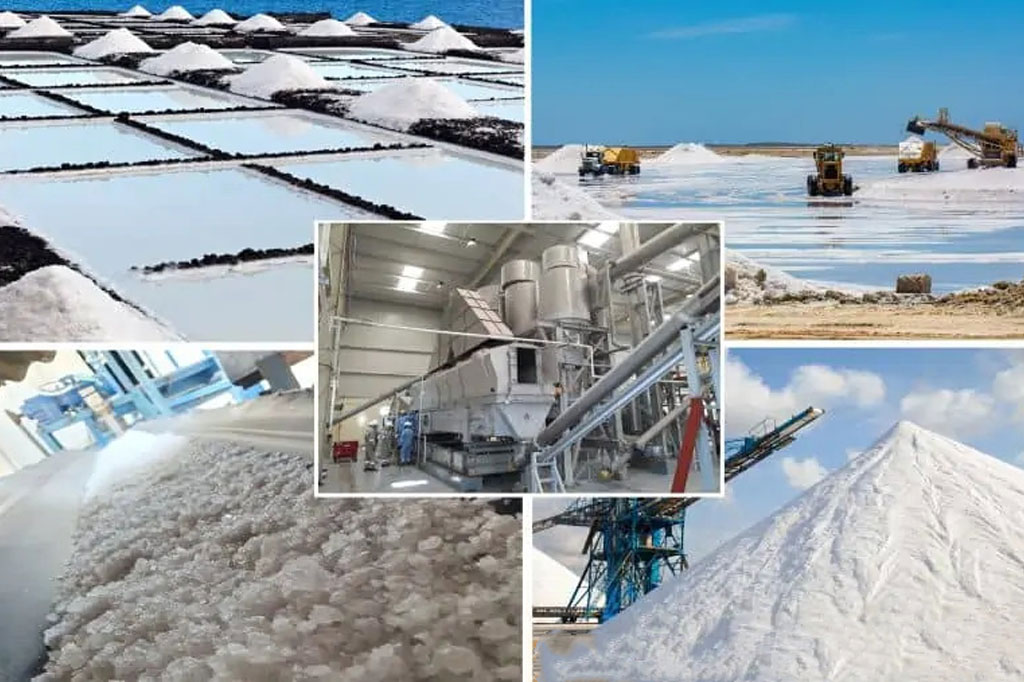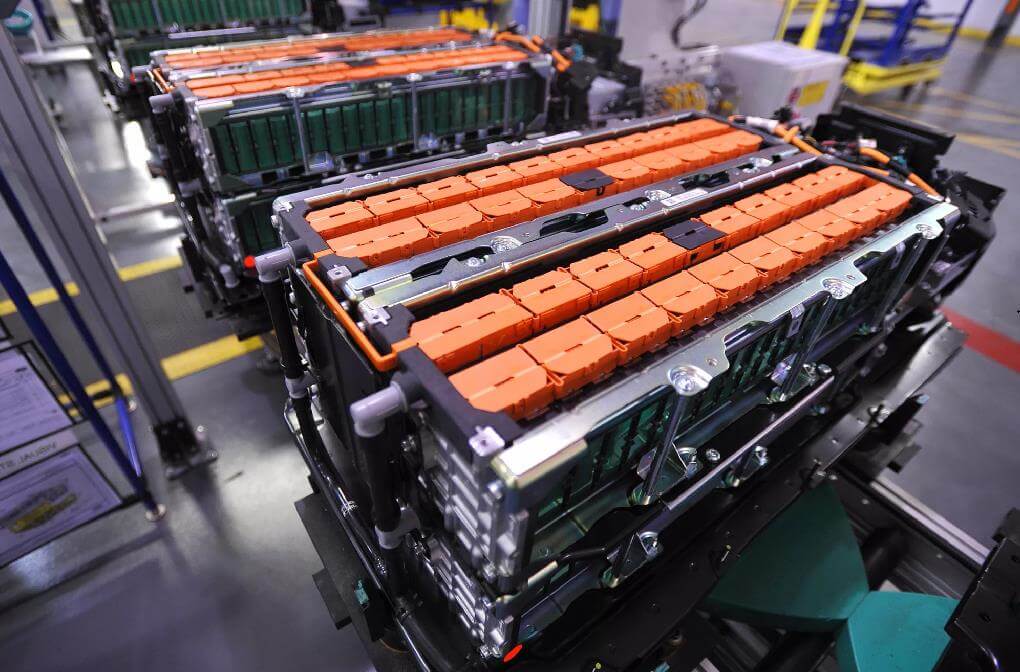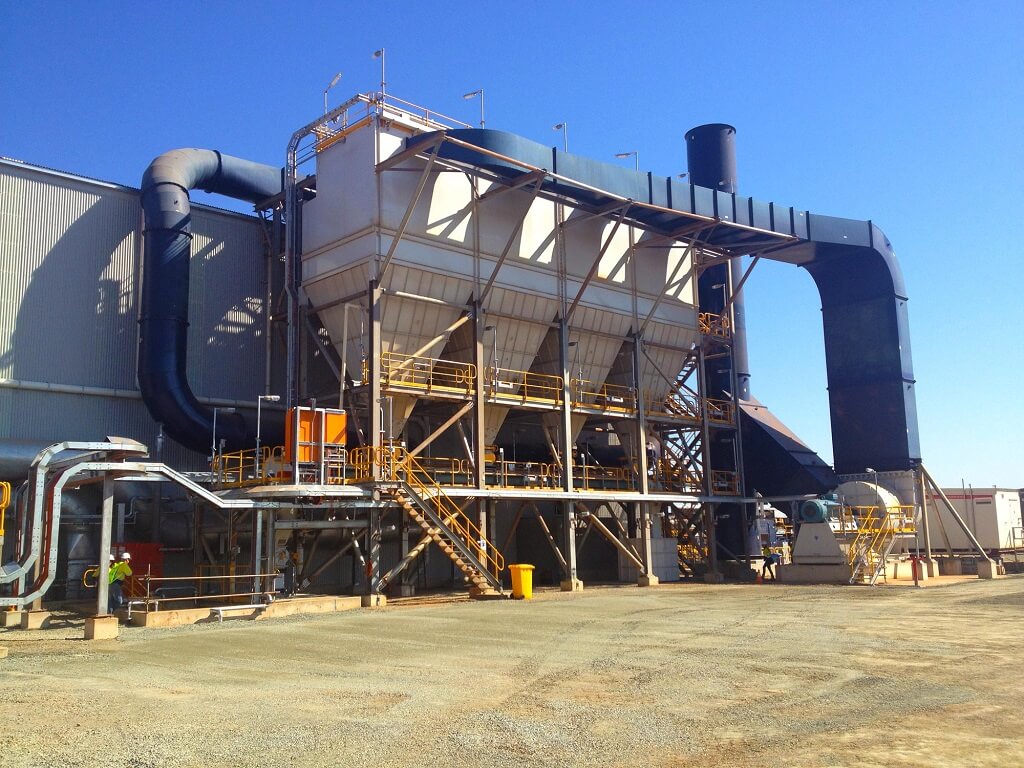At present, the drying equipment used in the sodium chloride production line mainly includes airflow dryer, rotary drum dryer and fluidized bed dryer.
Among them, the advantages of rotary drum dryer are small fluid flow resistance, large production capacity, high degree of mechanization, convenient operation and control, and low energy consumption. The disadvantages are complex structure, bulky equipment, large floor space, many transmission parts, and large one-time investment.
The advantages of an airflow dryer are low cost, simple structure, few moving parts, stable operation, easy control, uniform dispersion of wet materials, large gas-solid two-phase contact area, and fast drying speed. Its disadvantages are large friction loss, serious particle damage, large airflow resistance, high energy consumption, and high water production cost.
The sodium chloride production process should be based on fluidized bed drying equipment, and the above two drying methods are not suitable.
The fluidized bed can usually be divided into ordinary fixed fluidized bed dryers, vibrating fluidized bed dryers, and internal heat fluidized bed dryer.

(1) The advantages of ordinary fixed fluidized bed dryers are simple structure, fast drying speed, not easy to damage, strong processing capacity, strong adaptability to the initial humidity of materials, and not easy to die. The disadvantages are large system air volume, which leads to larger dust removal equipment and increased power consumption.
(2) The advantage of vibrating fluidized bed in the salt-making industry is that it is suitable for drying materials with large dispersion and is difficult to fluidize. Since the vibration motor provides vibration and promotes the fluidization of materials, the system can achieve good fluidization under low wind pressure and wind speed conditions, reducing 1/3~1/2 of the air volume compared with ordinary fixed fluidized bed dryers, reducing power consumption, grain wear and the size of other related auxiliary equipment.
In addition, vibration promotes the uniform distribution of materials, which is conducive to the drying and orderly advancement of materials, thereby reducing the probability of a dead bed. Due to the structural characteristics of the vibrating fluidized bed itself, it cannot be used in industrial production with large output. Generally, the output of a single device does not exceed 5 t/h.
(3) The internal heating fluidized bed dryer is equipped with a fixed plate heat exchanger in the ordinary fixed fluidized bed and a feed scattering device. The wet material enters the fluidized bed through the feed-dispersing device. The material is in a loose state and has good fluidization conditions. It is discharged from the system after meeting the drying requirements.
The advantages of this type of dryer are high thermal efficiency, small equipment size, small footprint, and large processing capacity of a single device. Compared with ordinary fluidized beds, it saves about 10% of energy consumption per ton of salt. Its disadvantages are also obvious. Due to the heating coil inside, the permeability of the heated material is poor. If the viscosity of the heated material is high and it is easy to agglomerate, try not to use an internally heated fluidized bed. At the same time, its cost is high, and the company’s one-time investment is large.



